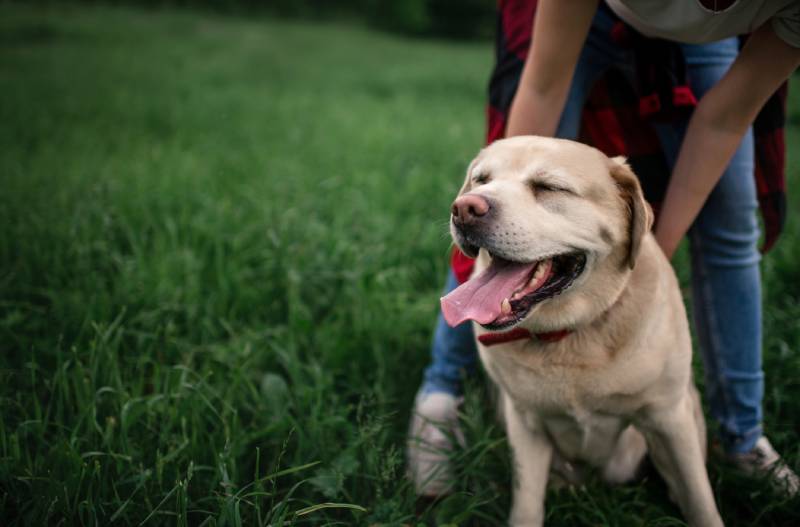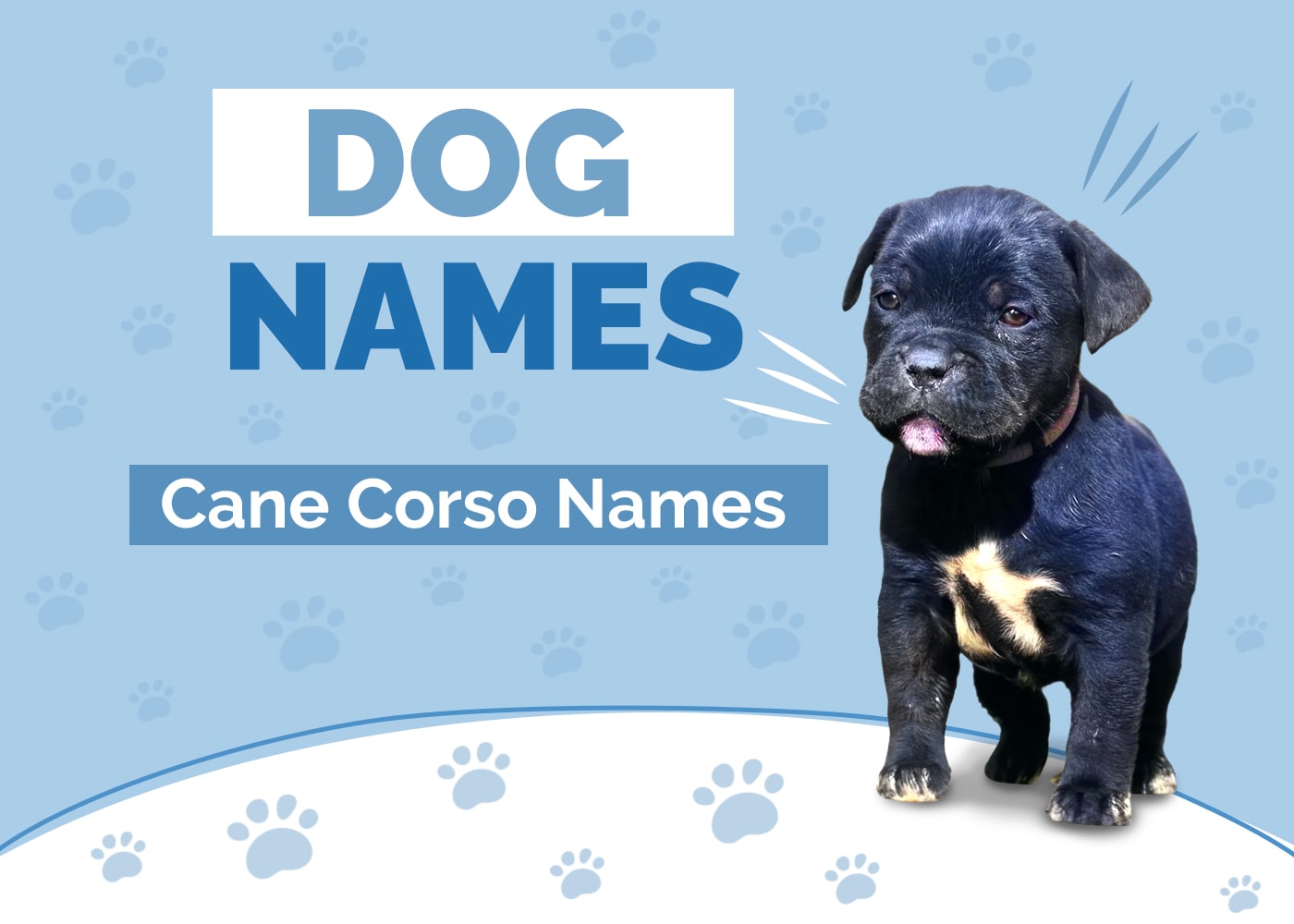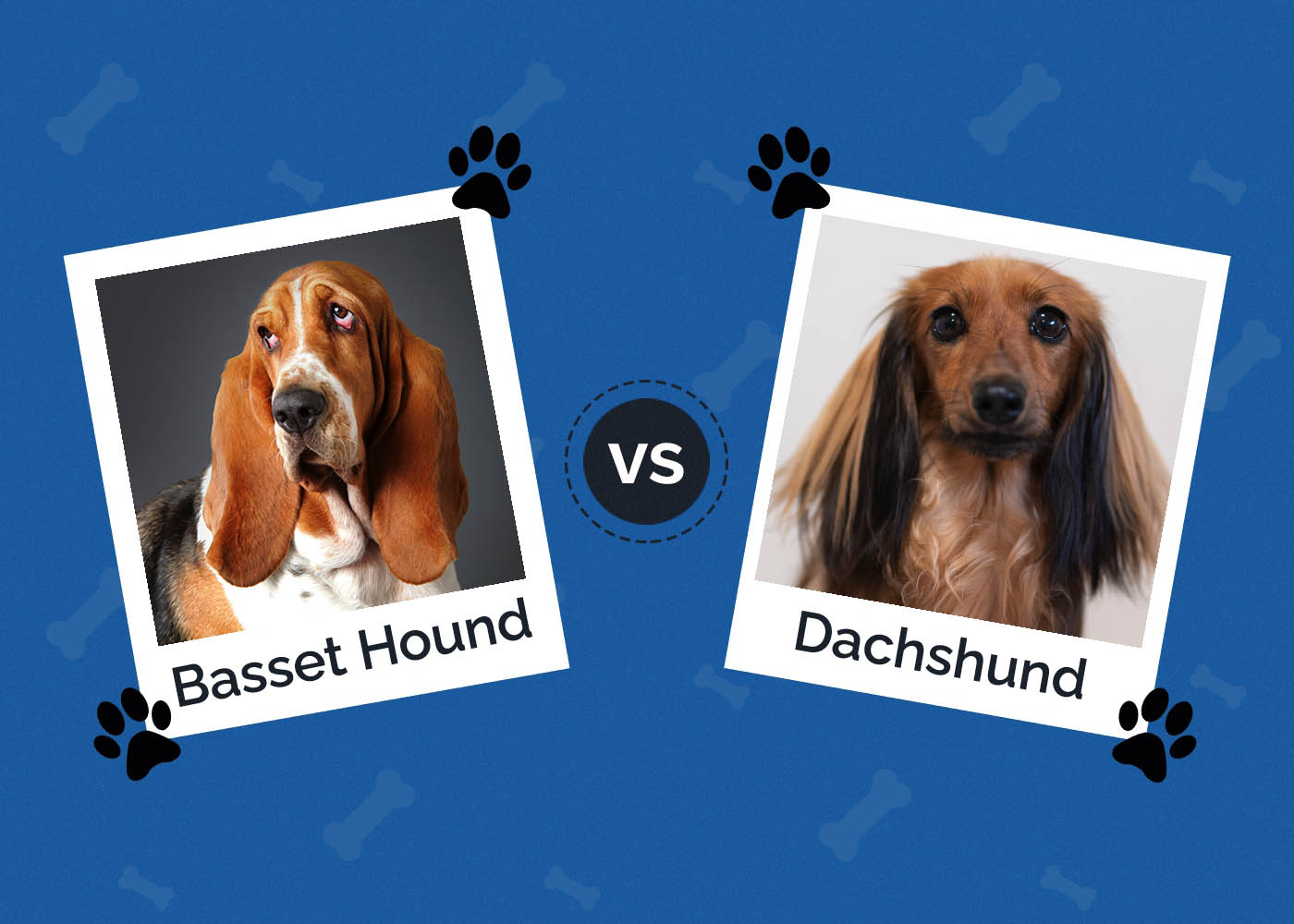Harlequin Great Dane: Facts, Origins & History (With Pictures)
Updated on
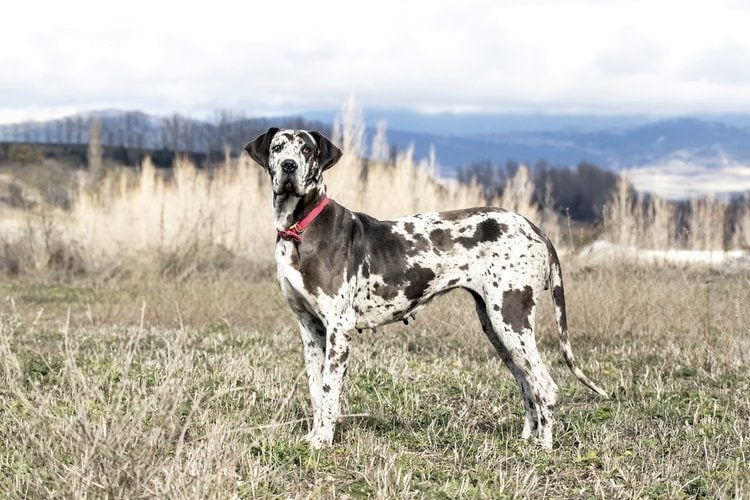
Click to Skip Ahead
The Great Dane doesn’t really need an introduction. As a giant breed, the Great Dane is famous for their size, gentle nature, and goal to be a lap dog. These dogs come in several colors and patterns, including the Harlequin pattern.
Since the Harlequin coat is so unique, as is the Great Dane, we dig into everything to know about these exceptional dogs.
The Earliest Records of Great Danes in History
The likeness of the Great Dane has been seen on Egyptian artifacts dating back to 3,000 B.C., though this could be a different breed. What we know for certain is that these dogs originated in Germany and were used as boar hunters.
It’s thought that Great Danes might have been bred from the Irish Wolfhound and the English Mastiff approximately 400 years ago.
They were originally called Boar Hounds, which is also when the ear-cropping practice started, to protect the dog’s ears from the boar’s tusks. By the 1500s, they were given the name “English Dogges.”
How Great Danes Gained Popularity
In the late 1600s, these dogs became popular with German nobles, where they were brought indoors and pampered instead of being used for hunting. They were commonly used as guardians and protectors at this time.
By 1878, seven judges and breeders met in Berlin, intending to name the breed to distinguish it from the English Mastiff.
They were called Deutsche Dogge (German Mastiff), and at this time, the Deutscher Doggen-Klub of Germany was founded. The Deutsche Dogge was named Germany’s national dog in 1876.
By the late 1800s, breeders worked on the dog’s temperament to turn their aggressive natures for boar hunting into something gentler. German breeders bred and refined these dogs into the Great Dane that we know and love today.
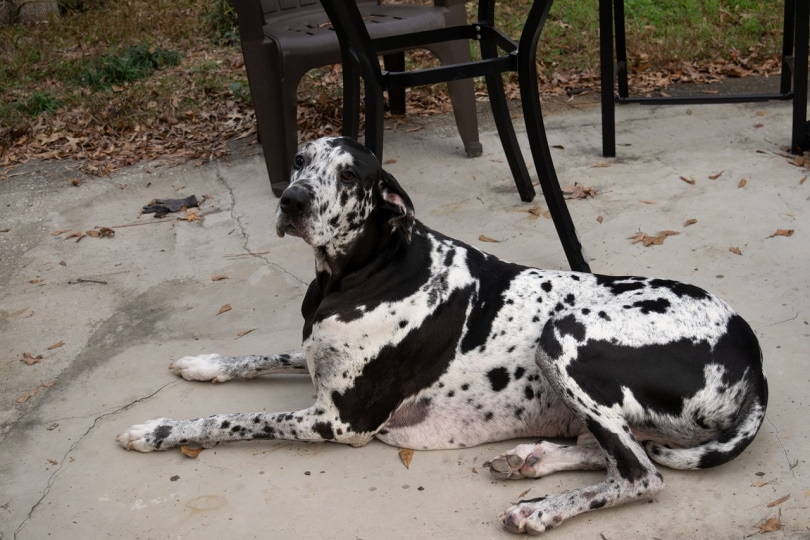
Formal Recognition of Great Danes
It’s not known precisely when the Great Dane was brought overseas to North America, but it’s thought that they were shipped over in the mid-19th century. Buffalo Bill Cody was an early owner of one of these dogs.
The Great Dane became a recognized breed by the AKC in 1887, and the Great Dane Club of America was formed in 1889. They were eventually recognized by the United Kennel Club in 1923 and the Fédération Cynologique Internationale in 1961.
- Black
- Black and white
- Blue
- Brindle
- Fawn
- Merle
- Silver
- White
- Mantle
- Harlequin
How Do Great Danes Get a Harlequin Coat?
You now know how Great Danes came about and how they became popular pets, but where does the Harlequin coloring fit in? It is one of the most popular colorings for Danes, but it can be difficult to accomplish, so it’s rare.
The base of the coat is white, and there is a variety of black patches or spots all over the body. Sometimes there are gray patches and spots.
However, for Great Danes to inherit the Harlequin coat, they must inherit the Harlequin and Merle genes from their parents. The Harlequin gene turns the grey and marbled coloring of a Merle coat into white.
So, if a dog has the Harlequin gene but not the Merle gene, the coat will just end up as a standard coat pattern. One study showed that the Harlequin gene is essentially a modification of the Merle, so without the Merle gene, there can’t be a Harlequin coat.
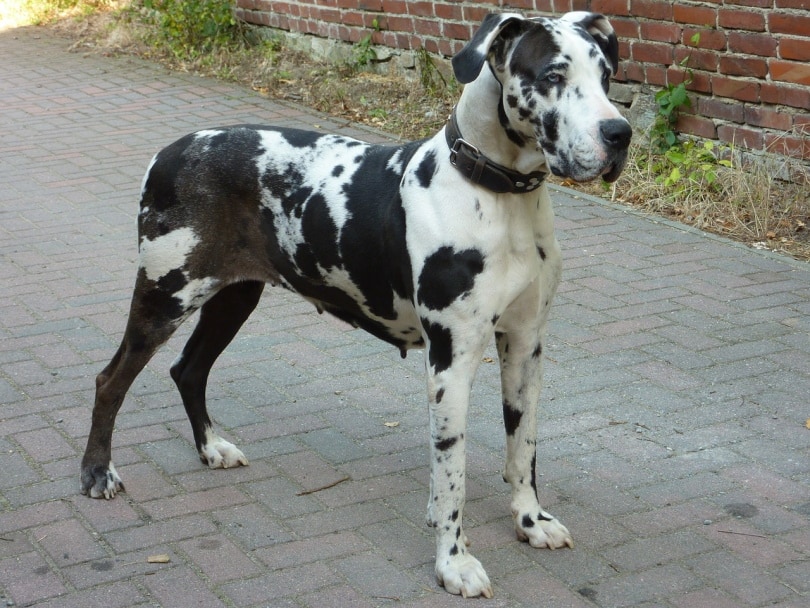
The Difficulties of Breeding for a Harlequin Coat
Great Dane breeders will usually mate a Harlequin with a Mantle. Mantle describes a coloring where white dogs look like they have a black blanket, or mantle, covering their bodies.
Breeding two Harlequin dogs is not recommended, as the puppies will be born with either a double Merle gene or a double Harlequin gene.
If a puppy has a double Harlequin gene, they might die while still in the uterus due to health issues. If a puppy has double Merle genes, they are likely to be born blind or deaf.
This is why the Harlequin coat is expensive and rare, as many breeders don’t want the risk of puppies with health conditions.
Top 10 Unique Facts About Great Danes
1. Only two dog breeds have the Harlequin pattern
Those two are the Great Dane and the Beauceron.
2. Their spots change shape
Harlequin Great Dane puppies tend to be mistaken for Dalmatians because they look quite “spotty” while young. As they age, the spots change shape, and many become patches when they become adults.
3. Mismarked Harlequin Danes
There’s such a thing as mismarked Harlequin Danes, which just means they don’t fit the AKC standards. These include the merlequin, brindle harlequin, blue harlequin, and fawn harlequin.
4. Different growth spurt
Harlequins are more likely to have a later growth spurt than other Great Danes with standard coat colors. On average, most Great Dane puppies will have a growth spurt by 3 to 5 months of age, whereas a Harlequin likely won’t have their growth spurt until 11 months old.
5. The name comes from French
Great Dane is actually the English translation of the French words, “Grand Danois,” which means “big Danish.”
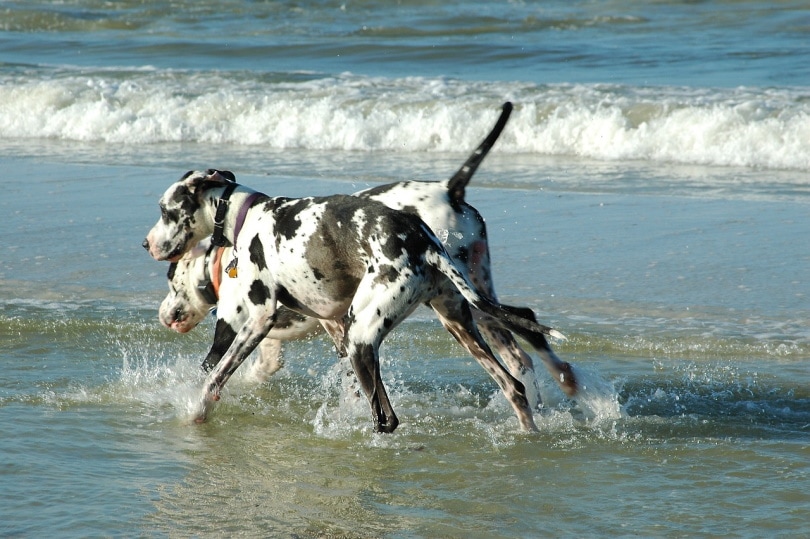
6. They may have roots in China
In 1121 B.C. China, there was a written description of a dog that resembled the Great Dane.
7. The tallest dog
Great Danes are among the tallest dogs in the world, with Irish Wolfhounds giving them a run for their money!
8. The largest dog
Zeus is a Great Dane from Texas who is the largest living dog in the world at 3’5”. When standing on his hind legs, he’s over 7 feet tall!
9. Scooby Doo breed
Scooby Doo was made a Great Dane because the creators wanted a large cowardly dog.
10. Official Pennsylvanian dog
The Great Dane was made the official dog of the state of Pennsylvania in 1965. The founder of Pennsylvania, William Penn, owned a Great Dane, and a painting of Penn and his dog graces the Governor’s Reception Room in the state capitol building in Harrisburg.
Do Harlequin Great Danes Make Good Pets?
Harlequin Great Danes have the same temperament as any other Great Dane. This breed makes an excellent pet because they are known for their gentle, social, and loving nature.
These dogs need exercise, but not as much as you might think, as they aren’t the most active breed. They can even be okay in an apartment! That said, you need to consider your space because these dogs can be a bit of a bull in a china shop. Still, they aren’t rambunctious dogs and are quite laidback, so they can make great dogs for families with very young children.
Training and socialization are essential, however. As amazing as these dogs are, they can only become excellent family pets with the right boundaries and training.
They are easy to groom because they only need brushing once a week and a bath only when necessary.
Final Thoughts
Whether you bring home a Harlequin or standard-colored Great Dane, you’re guaranteed to be adding a dynamic and loving dog to your family. Just do your homework to ensure that you’re ready for such a (literally) big responsibility.
Be prepared for the health issues that these giants are susceptible to, and know that you’ll be cleaning up drool and feeding them buckets of food. Otherwise, you can’t go wrong with one of these beautiful dogs!
Featured Image Credit: David Pegzlz, Shutterstock



